Identify wildflowers on the go
Discover wildflowers when you're out and about with your mini pocket guide to the UK's common woodland plants.
Visit our shop
Digital Content Manager
Beyond the familiar bluebells and primroses, a hidden world of rare wild flowers blooms in the UK’s woodlands...
Some hide in the shadows, some have curious lifecycles, and others are disappearing along with their habitat. From parasitic plants to alluring orchids, read on to discover 12 rare woodland flowers you may be very lucky to find in the UK, and what makes them so uncommon.
Nature really broke the mould with this one. Unlike most plants, the ghost orchid has no leaves or chlorophyll and doesn’t use sunlight to produce food. Instead, it relies on a special kind of fungi for nutrients. It also spends most of its time beneath the soil and can go up to 10 years without flowering. With a preferred habitat of deep shade in dark woods, it’s no wonder this is one of the rarest plants in the UK.
The plant was declared extinct in the UK in 2005 until being rediscovered at a single site in 2009. Its elusive nature could mean that small populations lay undiscovered elsewhere.
One-flowered wintergreen is so rare it can only be found in the pine woods of northeast Scotland, and even there, it can be isolated to an area a few tens of metres across. As well as being rare, the delicate, single flower grows to just 15cm tall and has white petals that easily blend into the background.
Even in Scotland, Plantlife has recorded this endangered plant as going locally extinct at more than half the sites it was known to grow.
This beautiful flower gets its name from the two pink, bell-like flowers which grow on slender stems. It grows low to the ground, often in groups which form small mats on the woodland floor. It’s an alpine relic of the last Ice Age which grows solely in Scotland, confined to open, native pine woods like those in the Cairngorms. Sadly, the remaining pockets of twinflower are now too far apart to cross-pollinate or produce seeds.
Twinflower is one of the UK’s most endangered plants. Many populations were lost when native woodlands were cleared before the 1930s, and the plant has declined by 44% since the 1970s. Habitat destruction, mechanical timber harvesting and poor management of dense, overly shady forests and pine plantations continue to threaten this vulnerable little flower.
Discover wildflowers when you're out and about with your mini pocket guide to the UK's common woodland plants.
Visit our shopThis striking flower has pink, toothed leaves which grow around pink and yellow flowerheads. Though it does create some food through photosynthesis, crested cow-wheat is semi-parasitic and utilises nearby host plants to top up its reserves.
This woodland flower has suffered a steep decline due to habitat loss. It thrives in ancient woodland rides that are nurtured by coppicing, but with the loss of this woodland management technique, crested cow-wheat disappeared too and is now only found in East Anglia.
This aptly named plant’s scientific name, calceolus, comes from the Latin for 'shoe', and its bright yellow flower does resemble a delicate slipper. It relies on a close relationship with a special type of fungi to help germinate its seeds, restricting it to undisturbed soils in broadleaved woods and limestone habitats where the fungi can be found. This means the lady’s slipper orchid has always been localised in the UK, but its fate was sealed by plant collectors in the Victorian era.
Though it was once found in limestone refuges in Derbyshire, Yorkshire, County Durham and Cumbria, the lady’s slipper orchid is now one of the most endangered plants in the UK, found at just a single site in Yorkshire.
Beautiful and delicate, red helleborine is confined to southern England where it grows in the dappled shade of beechwoods on chalky, free-draining soils. It’s an elusive plant, regularly entering dormant periods where it may not flower for years at a time. When it does bloom, red helleborine unveils fuchsia flowers from May to July.
Red helleborine is one of the UK’s most endangered plants. Found only in small, scattered populations in the Cotswolds, Chilterns and Hampshire Downs, it is classified as critically endangered.
Wood calamint is a perennial herb named after its minty scent. It has purple-pink tubular flowers and prefers growing in scrubby habitats on chalky soils, or along lightly shaded woodland edges. It usually flowers between July and September.
Wood calamint is now classed as vulnerable – found only on the Isle of Wight. It’s thought the end of woodland coppicing in the area added to the already rare plant’s decline and, by the 1950s, it was almost extinct. Thankfully, conservation efforts are helping to stem the loss and a handful of colonies now border woodland on the Isle of Wight. Wood calamint has also taken up residence along an old bridleway in Breconshire after escaping from cultivation.
The flowers of this quirky orchid really do look like purple-bonneted ladies in pink, spotted ball gowns, complete with arms! Like many of the rare plants in the UK, the lady orchid is slow to spread to new woods and suffers under dense shade, making it sensitive to changes in its habitat. It flowers between April and June along woodland edges and sometimes in open woodland, on limestone or chalk soil.
Sadly, the lady orchid is classed as vulnerable in the UK and is found at just a few sites in Kent and Oxfordshire.
This unassuming little flower has a very specific range in the UK – centred on the southern parts of the Welsh borders – and depends on disturbed, sunny ground in open woodland to germinate. It’s thought the loss of coppicing regimes across its already small range made spreading bellflower even rarer.
This woodland flower is classed as endangered in the UK. Generally, it can only be found between Shrewsbury and Monmouth, where populations have been recorded in open woodland and scrub habitats and on grassy banks. Genetic analysis by the National Botanic Garden of Wales found the remaining plants aren’t very genetically diverse, meaning they could be less healthy and adaptable to changes in their environment and, ultimately, more vulnerable to extinction.
This must be one of the strangest woodland wildflowers in the UK, as well as one of the rarest. Yellow bird’s-nest has sickly-looking, pale yellowish-white stems and flowers because it doesn’t contain any chlorophyll. Instead, it hijacks nutrients from a special kind of fungi, which itself has borrowed them through a close relationship with nearby trees. Given its dependence on trees, it grows in woodland and scrub habitats, though it’s hard to find!
Yellow bird’s-nest is a tricky plant to record. Some years it may appear in large numbers, but in others, it may not flower at all. As a result, it’s likely under-recorded, but the records we do have show that the plant is declining in Britain and a growing rarity.
Bastard balm is a pollinator powerhouse. Its aromatic scent is irresistible to bees, which are guided to nectar by the bright pink tongue of each flower. The plant is also known as a healing herb and was once used to treat anxiety, wounds and kidney issues. It prefers shady environments, usually in woodland or along woodland edges.
This shade-loving plant thrives in coppiced woodland and has declined massively since this traditional form of woodland management fell out of favour, shading out its habitat. Now, bastard balm is only found in South West England, the New Forest and South West Wales.
Also known as white Rapunzel, spiked rampion plays a starring role in the famous fairytale and grows along shady woodland edges and hedgebanks. It was grown for hundreds of years as a medicinal herb and was transported around the UK as a 'plague food'.
Spiked rampion relies on woodland coppicing to provide the dappled light it needs to thrive. As with many of our other rare and endangered plants, the loss of coppicing regimes across the country is thought to have caused its decline. It can only be found in South West England and is now on the England Red List of endangered native species.
Losing the UK’s endangered plants is a very real prospect and, sadly, some rarities have already gone extinct.
The continuing pressures brought by development, climate change, and changes in land use and woodland management are already putting rare plants at risk of disappearing altogether. But by protecting the last remaining fragments of the UK’s ancient woodland, restoring damaged woods and creating healthy habitats between them, there is a future for these special wild flowers.

Woodland wildlife is fading before our eyes. Please support our appeal to save rare and threatened species.
Donate now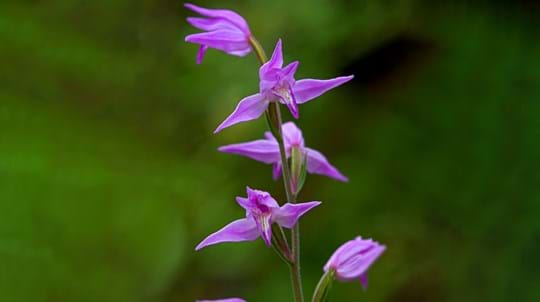
Blog
Laura Cottam • 29 May 2019

Blog
Charlotte Varela • 28 Jun 2023
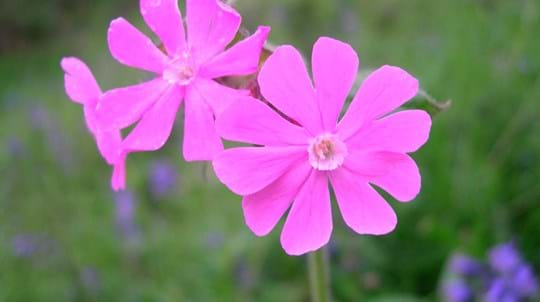
Blog
Helen Keating • 11 Apr 2019
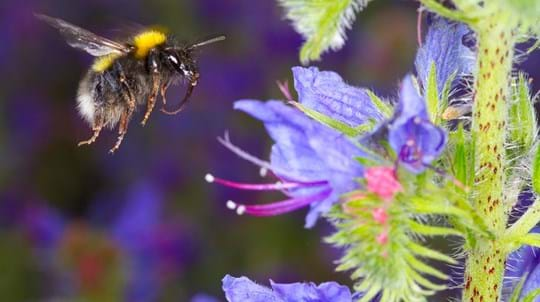
Blog
Helen Keating • 18 Mar 2019
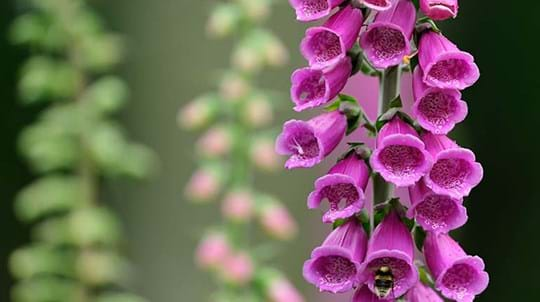
Blog
Helen Keating • 01 Jul 2020
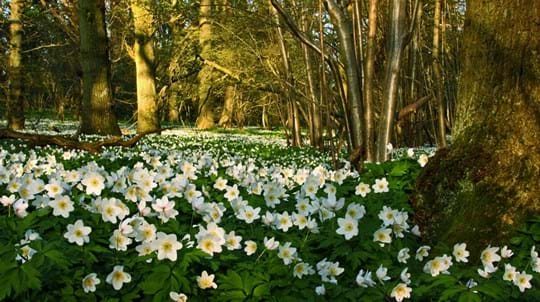
Blog
Charlie Mellor • 11 Feb 2021
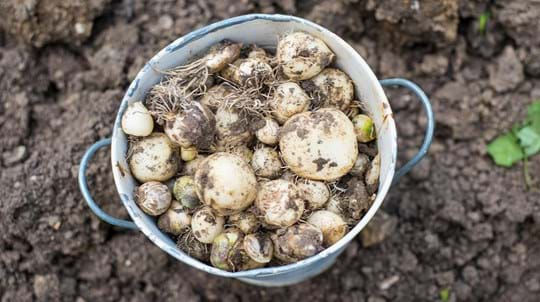
Blog
Kate Lewthwaite • 28 Mar 2019